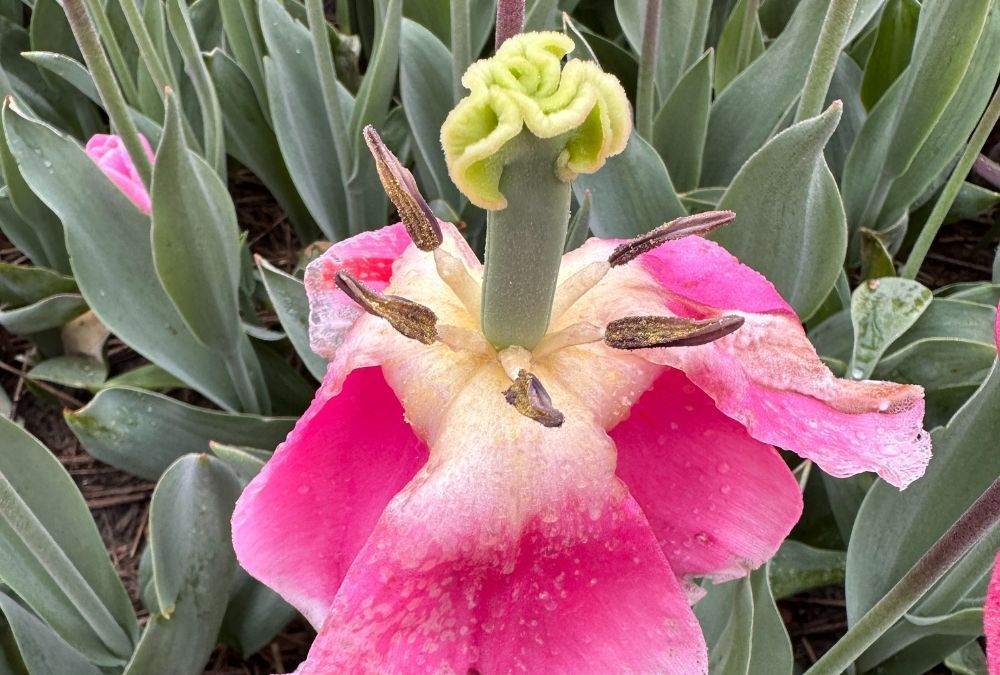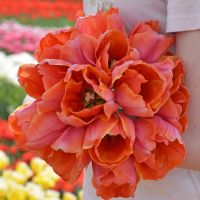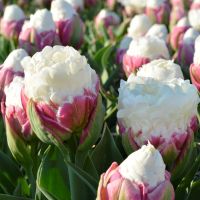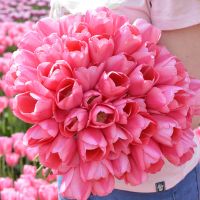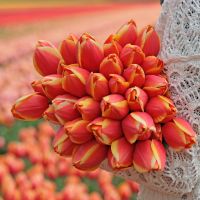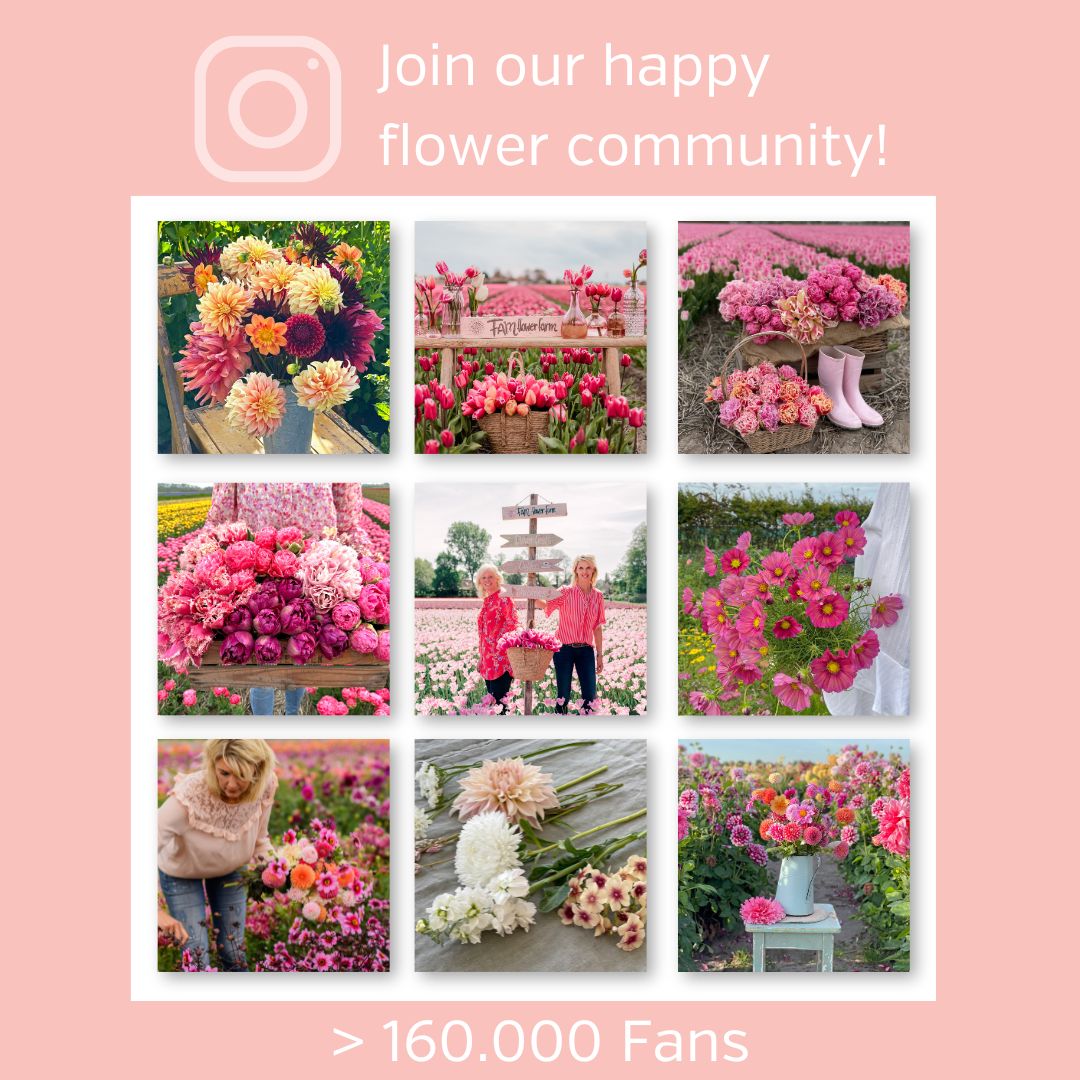Tulips are fantastic spring bloomers. The fields full of colorful tulips attract a lot of attention from around the world every year. They will also thrive beautifully in your garden. A question that is often asked is 'What do you do with spent tulips?'. We're happy to provide you with the answers. There are actually three options for your spent tulips.
- Leave tulip bulbs in the Ground
We often get asked if tulips are perennial. The answer is no. Most tulip varieties are not perennial. You can choose to leave your tulip bulbs in the ground. However, they will produce smaller flowers the following year or may not bloom at all. Our advice is to remove your spent tulips from the ground and opt for new fresh bulbs every year. You can replant the spent tulips next year.
- Remove spent tulips from the ground and replant
If you want to enjoy colorful tulip blooms again next year, the following tips will be helpful. Once tulips have bloomed, remove the flower heads. This directs all the plant's energy to the bulb, promoting growth and the formation of new baby bulbs for the next year. Allowing the flowers to go to seed consumes a lot of energy and hinders bulb growth. Let the foliage completely die back and remove the bulbs from the ground in July. Peel the bulbs: remove the old skin and separate the large and small bulbs. Store them in a dry place during the summer months, such as a wooden crate or wire basket. In the fall, around October, you can replant the tulip bulbs. This way, you can enjoy a tulip spectacle again in the spring.
- Remove tulip bulbs from the ground and discard
If you don't want to preserve your spent tulips, you can choose to remove them from the ground and discard them. This prevents disappointment from less abundant blooms next year. Tip! Once you've discarded the spent tulips, you can make room to plant other flowers, such as dahlias. These bloom until around October or November, after which you can replace them with tulip or daffodil bulbs. If you do want to preserve the tulip bulbs, move them to another spot in your garden or temporarily plant them in a pot/container. This allows the foliage to die back there, giving the bulb all the energy it needs for the following year, as described in the second option.









